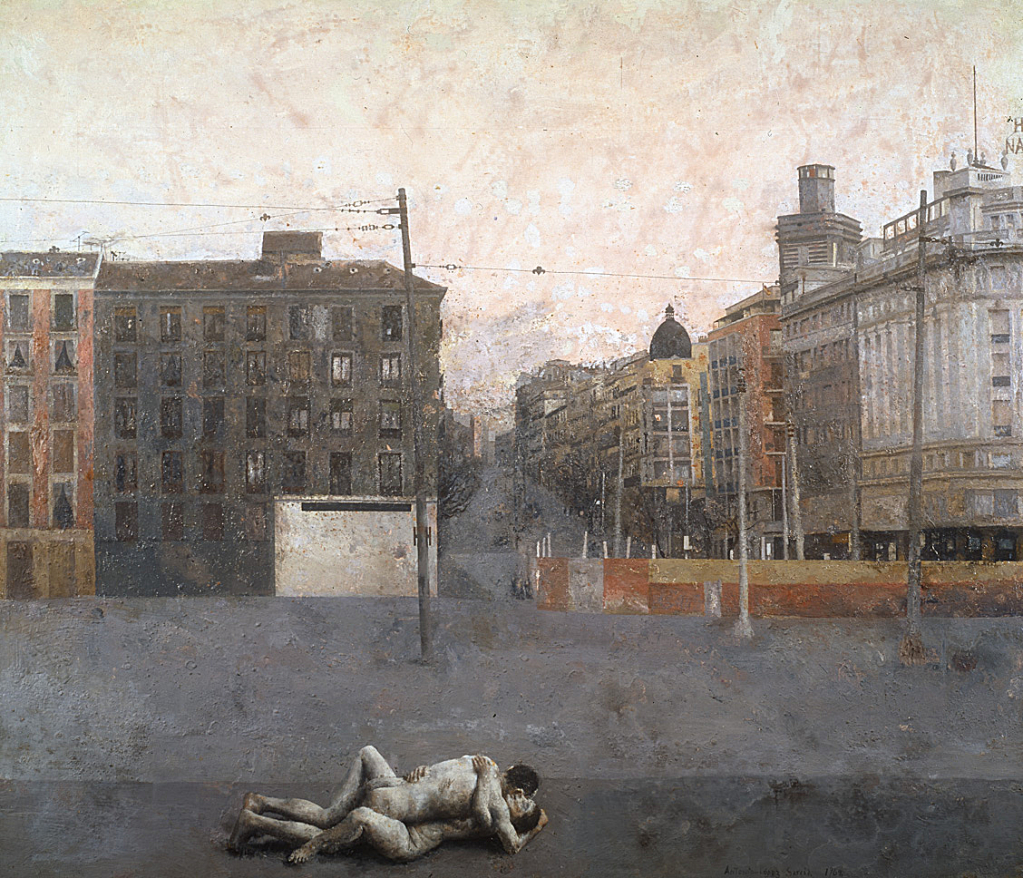Form and Figuration: Masterpieces from the Blake-Purnell Collection
05.08.1998 - 06.24.1998
Two main strategies seem to guide the efforts of art collectors as they undertake their task: to construct an orderly, methodical vision of a more or less definite segment of art history, or to propose a less disciplined view that is almost arbitrary in appearance.
By adopting the first strategy, the collector attempts to capture the world in a compact, closed and occasionally prescriptive collection; by taking the second approach, the collector attempts to incorporate a world that is at once personal, inalienable, and distinct from the one sanctioned by conventional wisdom. The first is more Babelic, while the second involves more defiance and greater risk. The Blake-Purnell Collection belongs to this latter category.
Drs. Mel Blake and the late Frank Purnell began their collection over 40 years ago guided by their personal taste and clear preference for figurative art. Since then, these American collectors have carefully acquired well over 100 distinguished works, almost none of which belongs to the abstract movements that dominated the art scene during these same years.
Blake and Purnell's desire to form a collection composed of figurative art did not prevent them from bringing together a wide array of individual styles, cultural backgrounds, subjects, and mediums (and even the rare abstraction). Alongside works by Latin American artists such as Fernando Botero and Claudio Bravo are others by European masters such as Antonio López García, and Lucian Freud, together with works by Americans such as Larry Rivers and Vincent Desiderio. Taken as a whole, the collection contains a wealth of contrasts and similarities, while the works taken individually are rewarding for their particular expressive features. Moreover, historic figures such as Paul Delvaux and René Magritte are found side by side with lesser-known figures of the contemporary scene. The collection reflects a clear preferences for the human figure, still lifes and narrative works, recalling the great tradition of the West and providing a link with 19th-century art.
Thanks to the collectors' deliberation and breadth of interest, the Blake-Purnell Collection holds representatives of such key currents and genres of 20th-century figurative art as Surrealism, postwar Spanish Realism, allegory, and contemporary photorealism. The owners' personal tastes lead the collection to pause and explore areas far removed from the major artistic styles sanctioned as mainstream by recent art critics and historians.
During the 1960s, Blake and Purnell began to seek out and support younger artists, an interest that they have continued to explore to the present. By pursuing this course, they have managed to build a comprehensive collection of works by artists who were later to become leading figures of Realism, such as the Spaniard López García and the Chilean Bravo. The work of these two artists captivated Blake and Purnell from the very beginning (that of López García for to his evocations of eternal, mysterious humanity, and that of Bravo for his sensuous qualities and representational technique). From their interest in López García, the collectors went on to discover the Spanish school of Realism, which is represented in the collection by works by Carmen Laffón, Lucio Muñoz, and Isabel Quintanilla.
If Blake and Purnell were moved by a desire to remain faithful to their own highly personal vision, the motivation behind this exhibition is to offer the public aspects of the art of our century apart from the overwhelming domination of abstraction and the work of the avant-gardes.
Antonio López García
Atocha, 1964
Oil on wood
95 x 105 cm
Blake-Purnell Collection

